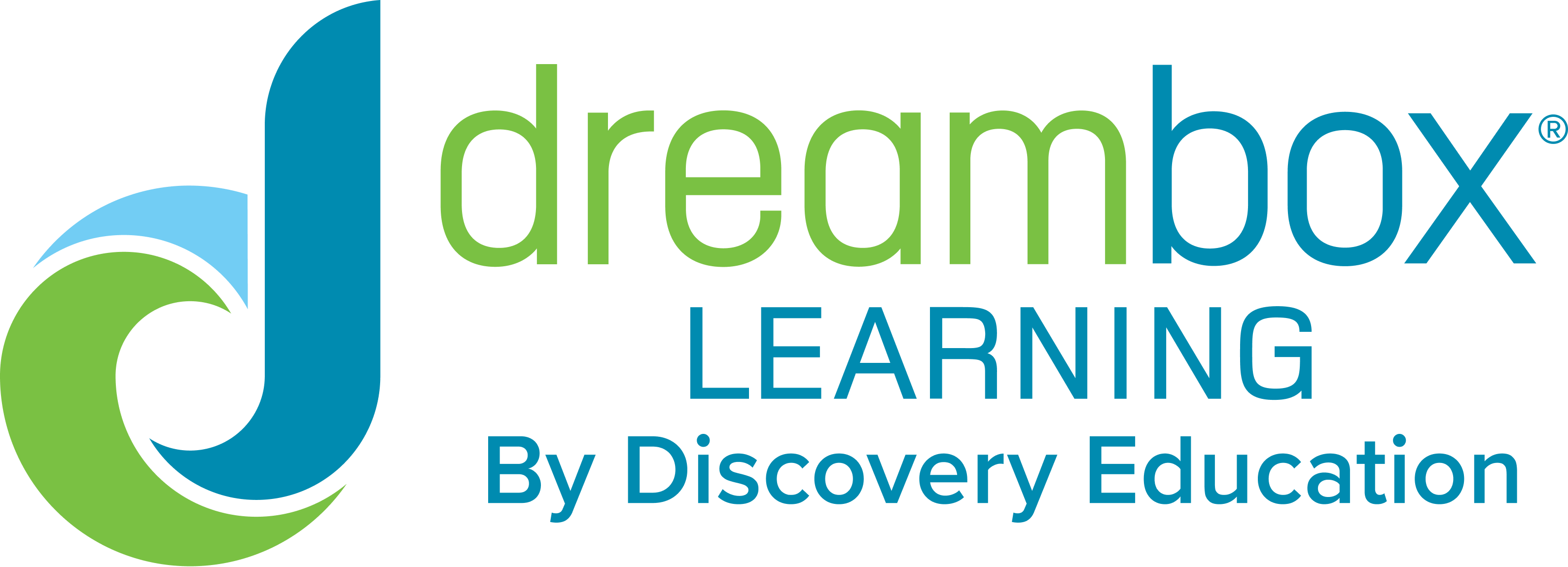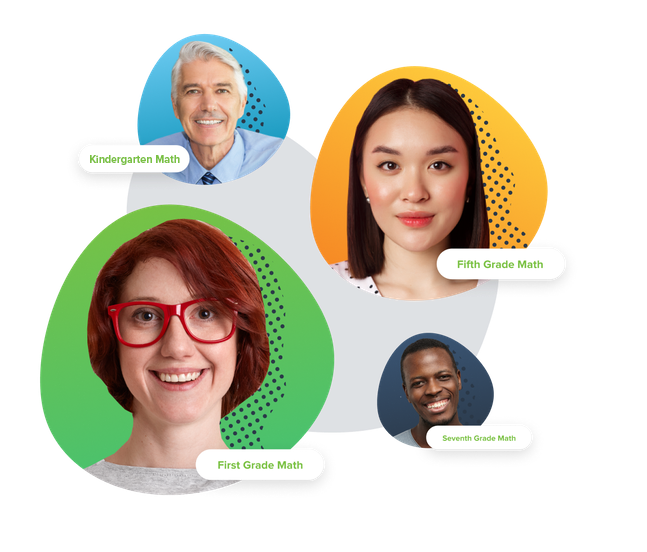
In an age of constrained budgets and overworked teachers, adaptive learning is bringing a spark back into the classroom and completely innovating the way education is approached.
The difference is made when instructional content and methods are customized to individual students to guide/facilitate learning and mastering of new concepts. This new learning style is data-driven, and takes a non-linear approach to instruction. It’s able to track student progress as it teaches, adjusting its instruction accordingly and providing teachers with important data that will help them be more effective educators.
The 6 Key Benefits of Adaptive Learning:

1. Faster and higher quality student progression
For teachers dealing with ever-expanding class sizes, it may seem like there are never enough hours in the day to give all of their students the individualized attention that they need. Having more students in the classroom means instructing an even wider spectrum of academic knowledge and skills, and it can be difficult to find the time to write curricula that is broad enough to address the needs of each student, let alone check in with every pupil to make sure he or she is truly understanding the lesson. With adaptive learning, teachers can use the time students spend with the computer software to address their needs one-on-one or in a small group setting.

2. Adapts to different abilities
One of the most important education innovations that has come from adaptive learning is the ability to immediately change instruction based upon a student’s knowledge. As each student works with the program, the technology will pick up on what he or she is mastering or still struggling with and adjust instruction in real-time. In this way, learning is optimized because the adaptive learning program can change its approach on an individual level to make sure students are mastering concepts before moving on to more difficult material.

3. Improves understanding
When teachers are standing in front of a classroom, it can be difficult to know whether the students really ‘get it.’ With adaptive learning, the method and pace of instruction is customized for each individual student, which could improve their chances of truly understanding new academic concepts.

4. Engages students
Many K-12 students today are ‘digital natives,’ meaning the technologies that are so commonplace today have always been a part of their lives. As a result, they are particularly tech savvy, and may become more engaged in their lessons if given the chance to spend part of class time on the computer using adaptive learning programs.

5. Allows students to work at different paces
Think back to when you were in elementary school and most classrooms were constructed in the same way: The teacher stood up at the front, lecturing about new material, while students of varying academic abilities sat in rows of desks and attempted to digest everything all at once. When instruction is constructed in this way, all students are expected to learn at the same pace, even if they shine in different subject areas. This makes it difficult for teachers to give struggling learners the extra time they need while simultaneously challenging high-achievers and gifted students. With adaptive learning technology, students’ answers are analyzed in real time and the software adjusts instruction accordingly. In this way, kids are able to work at different paces and achieve the best possible academic outcomes.

6. Frees up time for one-on-one instruction
Speaking of blended learning, when adaptive learning programs are implemented in this way they are able to free up time for teachers to give students one-on-one instruction. Not only does adaptive learning software customize the presentation and pace of new material, but it also constantly monitors and analyzes students responses, giving teachers access to invaluable data. This data gives teachers insight into whether or not students are truly grasping new concepts, and whether particular kids in their classrooms could benefit from one-on-one instruction. This individual attention can take place while other students are working with computers, or through the implementation of a rotational model of blended learning.
Was this article helpful to you? Check out our related white paper, How Adaptive Learning Technology Helps ALL Students Excel in Math.

@DreamBox_Learn










